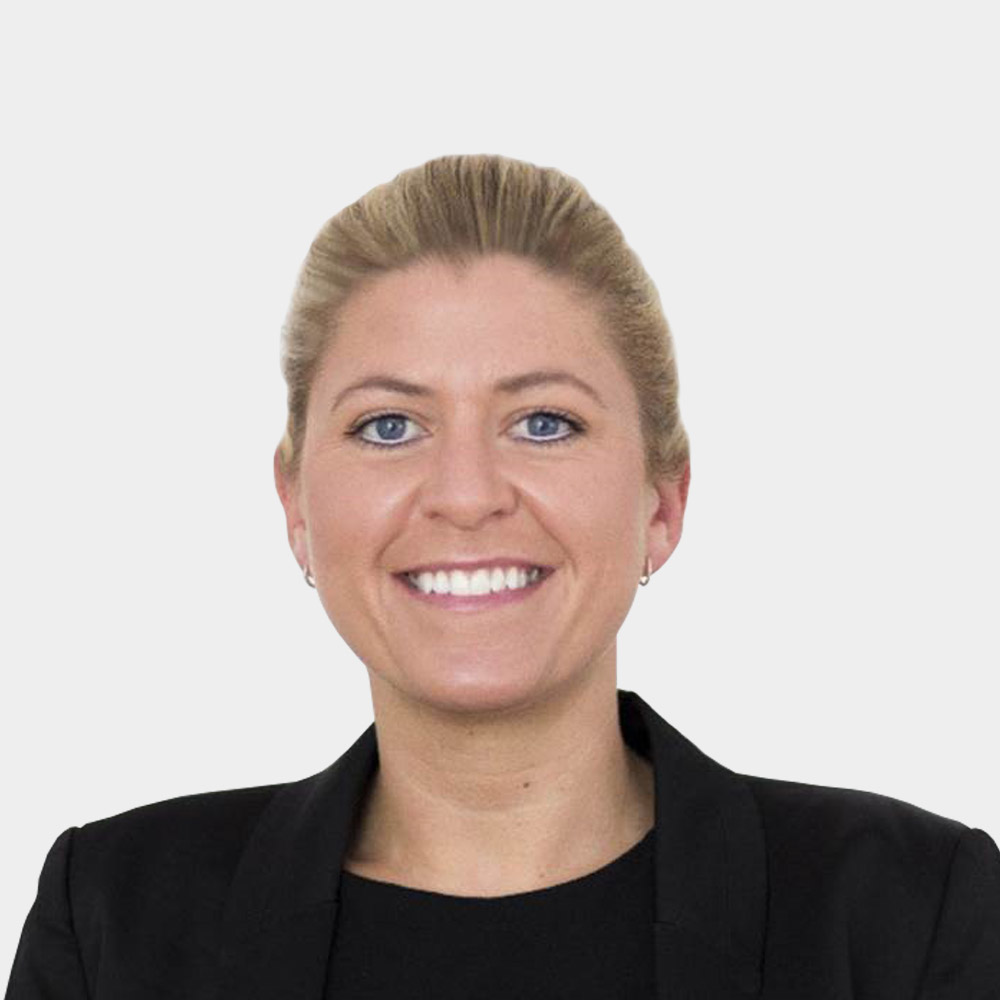TOPICS & NEWS
Articles and interviews on current trends, technology and industry challenges, information on our consulting services, seminars and events as well as company topics:
Here you can find out what drives EFESO.
CapEx optimization is not enough – above all, it has to happen quickly

Interview with Jost Kamenik, CEO, TSETINIS-EFESO und Thomas Plasa, Partner, TSETINIS-EFESO
DIALOG: Mr. Kamenik, the financial framework conditions and the investment environment for companies have deteriorated significantly in recent years. How serious are these changes?
JK: What we are seeing in the industry is a massive tightening of the interest rate situation and the cost of refinancing. For a long time, money was so cheap that even large debts were easy to finance. This situation has changed dramatically, and interest rates have risen exorbitantly. At the same time, the cooling of the markets has often led to a shortage of liquidity. Frequently, companies‘ credit ratings have fallen, in some cases, to levels at which institutional investors are no longer allowed to invest money. This in turn leads to further increases in the cost of loans. This development comes at a time of stagnating or shrinking markets and transformative upheaval. A lot of money is therefore needed for interest payments and restructuring measures as well as for investments in new technologies. This is why CapEx optimization is rapidly gaining in importance. It is the lever to free up liquidity, stabilize credit ratings and reduce upcoming expenses very quickly. Conventional CapEx approaches, which often have a horizon of 18 months, are not enough to get the situation under control. Many companies no longer have this time.
DIALOG:Have companies not hedged against interest rate fluctuations in the past, Mr. Plasa?
TP: Of course, there are different types of financing and different maturities. But the era of cheap money came to an end in a kind of perfect storm: very abrupt and unexpected in its intensity. In the past, people had allowed themselves a certain vulnerability based on the idea that things cannot change from one moment to the next. The speed and extent of the change were surprising and have rendered the industry‘s planning principles obsolete. Action must now be taken very quickly. This is not easy within existing structures. Typically, existing plants cannot simply be wound up; the restructuring costs would be almost impossible to bear. At the same time, strategically important markets and technologies require further investment. However, investments made today will not pay for themselves for several years. Decisions are scrutinized intensively because every euro can only be spent once. In other words: You take time that is not actually there.
DIALOG:How can action be taken quickly and effectively under these conditions?
TP: You must significantly reduce the time required for the analysis, bundle all relevant competencies in the projects and ensure a high degree of flexibility. The example of e-mobility is a good illustration of this: In this segment, there are manufacturers who are focusing on converting entire plants to e-mobility. Others remain open and leave the decision to their customers. You have to be able to find the right optimization approaches for both strategies and precisely identify the potential investment requirements for new construction and conversion over long periods of time – with regard to operator concepts, personnel deployment, energy and space requirements, conveyor technology, production technologies or IT.
A central task is to analyze and streamline the portfolio and clarify the question of where the future core business lies. The selection of appropriate operating scenarios and the integration of different partners into an operating model - the distribution of CapEx - also play an important role. There are also opportunities to achieve CapEx flexibilization by using digital technologies. The analysis of the environment is of particular importance. It is critical to understand exactly in which regions certain tax incentives and subsidy opportunities exist and how these can affect product and investment costs. In addition, companies often have no transparency about the optimization potential in their CapEx portfolio, resulting in huge amounts being lost.
DIALOG:Is this task becoming increasingly demanding?
TP: Yes. We have to assume that the process and manufacturing technology will change significantly in the future during the amortization period of a plant. Or, to take the example of “electromobility” again, that there will be several generational changes in batteries, including the design of the battery itself or the cell modules.
You therefore have to weigh up the opportunities and risks very carefully in order to draw up an investment and expansion plan, find the right balance between CapEx and OpEx and set the right course in order to be able to react to market conditions at short notice.
JK: There are more and more significant technology changes, which leads to significantly lower volumes. This requires greater flexibility regarding investment and operating costs, which need to be more closely integrated into the business case. Added to this is the pricing of CO2 emissions as a new determinant in investment planning. Decisions can no longer be made almost exclusively based on long-term product costs, as in the past.
This complex interplay of low volumes, rapid technology changes, the consideration of investment and operating costs and sustainability costs as a new dimension is pushing many companies to their limits. This is dangerous because inadequate consideration of CO2 pricing alone could cause business cases to collapse in the future. It is therefore about decisions that affect CapEx, but also have an enormous strategic scope, about a balance between today‘s stability and a sustainable future perspective.
Interview partner
Jost Kamenik, CEO, TSETINIS-EFESO
A thought leader in performance excellence. Jost Kamenik is a thought leader in performance excellence, including OPEX, CapEx and CO2 / sustainability optimization. Throughout the last 25 years, he has supported many of the most complex programs for global players in the fields of automotive, aerospace & defense, industrial engineering, and finance across the EMEA and the US.
Thomas Plasa, Partner, TSETINIS-EFESO
Already successfully implemented more than 300 projects in restructuring, turnaround management, supply chain optimization, performance management and cost reduction with international companies. He develops innovative solutions for product, process and structural adjustments with his clients, particularly in the context of the automotive industry’s transformation.



